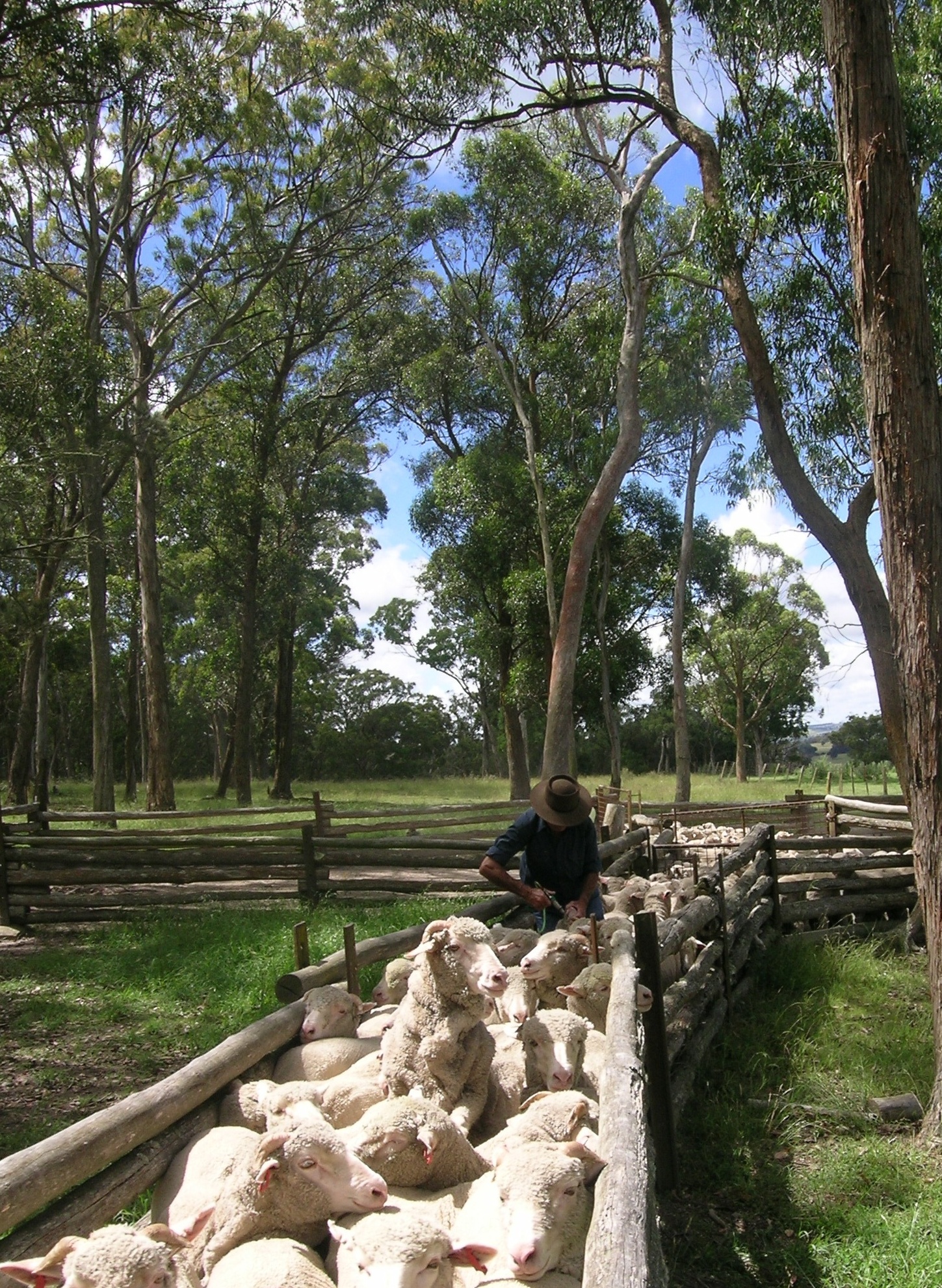Deworming on:
[Wikipedia]
[Google]
[Amazon]
 Deworming (sometimes known as worming, drenching or dehelmintization) is the giving of an
Deworming (sometimes known as worming, drenching or dehelmintization) is the giving of an

anthelmintic
Anthelmintics or antihelminthics are a group of antiparasitic drugs that expel parasitic worms (helminths) and other internal parasites from the body by either stunning or killing them and without causing significant damage to the host. They may ...
drug (a wormer, dewormer, or drench) to a human or animals to rid them of helminths
Parasitic worms, also known as helminths, are large macroparasites; adults can generally be seen with the naked eye. Many are intestinal worms that are soil-transmitted and infect the gastrointestinal tract. Other parasitic worms such as ...
parasite
Parasitism is a close relationship between species, where one organism, the parasite, lives on or inside another organism, the host, causing it some harm, and is adapted structurally to this way of life. The entomologist E. O. Wilson h ...
s, such as roundworm, flukes and tapeworm
Eucestoda, commonly referred to as tapeworms, is the larger of the two subclasses of flatworms in the class Cestoda (the other subclass is Cestodaria). Larvae have six posterior hooks on the scolex (head), in contrast to the ten-hooked Cesto ...
. Purge dewormers for use in livestock
Livestock are the domesticated animals raised in an agricultural setting to provide labor and produce diversified products for consumption such as meat, eggs, milk, fur, leather, and wool. The term is sometimes used to refer solely to ani ...
can be formulated as a feed supplement that is eaten, a paste or gel that is deposited at the back of the animal's mouth, a liquid drench given orally, an injectable, or as a pour-on which can be applied to the animal's topline. In dogs and cat
The cat (''Felis catus'') is a domestic species of small carnivorous mammal. It is the only domesticated species in the family Felidae and is commonly referred to as the domestic cat or house cat to distinguish it from the wild members of ...
s, purge dewormers come in many forms including a granular form to be added to food, pill form, chew tablets, and liquid suspensions.
Animals

Large animal
Horses are most often dewormed with a paste or gel placed on the back of the animal's mouth via a dosing syringe; feed dewormers are also used, both single-dose varieties and in a daily, "continuous" feed form. Deworming (drenching) a sheep is usually done with a specific drenching gun that squirts ananthelmintic
Anthelmintics or antihelminthics are a group of antiparasitic drugs that expel parasitic worms (helminths) and other internal parasites from the body by either stunning or killing them and without causing significant damage to the host. They may ...
into the sheep's throat.
Anthelmintics
Small animal
TheCenters for Disease Control and Prevention
The Centers for Disease Control and Prevention (CDC) is the national public health agency of the United States. It is a United States federal agency, under the Department of Health and Human Services, and is headquartered in Atlanta, Georg ...
recommends deworming treatments at 2, 4, 6, and 8 weeks of age for puppies, as well as concurrent treatments given to the mother to eliminate reactivated larvae and prevent horizontal transmission from puppies that may be shedding roundworm and hookworm eggs.
They also recommend deworming treatments at 3, 5, 7, and 9 weeks of age for kittens and the mother.
Additionally, the Companion Animal Parasite Council (CAPC) further recommends quarterly treatments for all adult dogs and cats, depending on animal health and lifestyle factors.
Humans
Mass deworming campaigns of school children have been used both as a preventive as well as a treatment method forhelminthiasis
Helminthiasis, also known as worm infection, is any macroparasitic disease of humans and other animals in which a part of the body is infected with parasitic worms, known as helminths. There are numerous species of these parasites, which are ...
, which includes soil transmitted helminthiasis in children. Children can be treated by administering, for example, mebendazole
Mebendazole (MBZ), sold under the brand name Vermox among others, is a medication used to treat a number of parasitic worm infestations. This includes ascariasis, pinworm infection, hookworm infections, guinea worm infections, hydatid disea ...
and albendazole
Albendazole (also known as albendazolum) is a broad-spectrum anthelmintic and antiprotozoal agent of the benzimidazole type. It is used for the treatment of a variety of intestinal parasite infections, including ascariasis, pinworm infection, ho ...
. The cost is relatively low. According to the World Health Organization (WHO), over 870 million children (half of the children in the world) are at risk of parasitic worm infection. Worm infections interfere with nutrient uptake, can lead to anemia, malnourishment and impaired mental and physical development, and pose a serious threat to children's health, education, and productivity. Infected children are often too sick or tired to concentrate at school, or to attend at all.
See also
*Anthelmintic
Anthelmintics or antihelminthics are a group of antiparasitic drugs that expel parasitic worms (helminths) and other internal parasites from the body by either stunning or killing them and without causing significant damage to the host. They may ...
*Horse care
There are many aspects to horse management. Horses, ponies, mules, donkeys and other domesticated equids require attention from humans for optimal health and long life.
Living environment
Horses require both shelter from natural elements like ...
*Parasitism
Parasitism is a close relationship between species, where one organism, the parasite, lives on or inside another organism, the host, causing it some harm, and is adapted structurally to this way of life. The entomologist E. O. Wilson ha ...
References
{{reflist Veterinary procedures